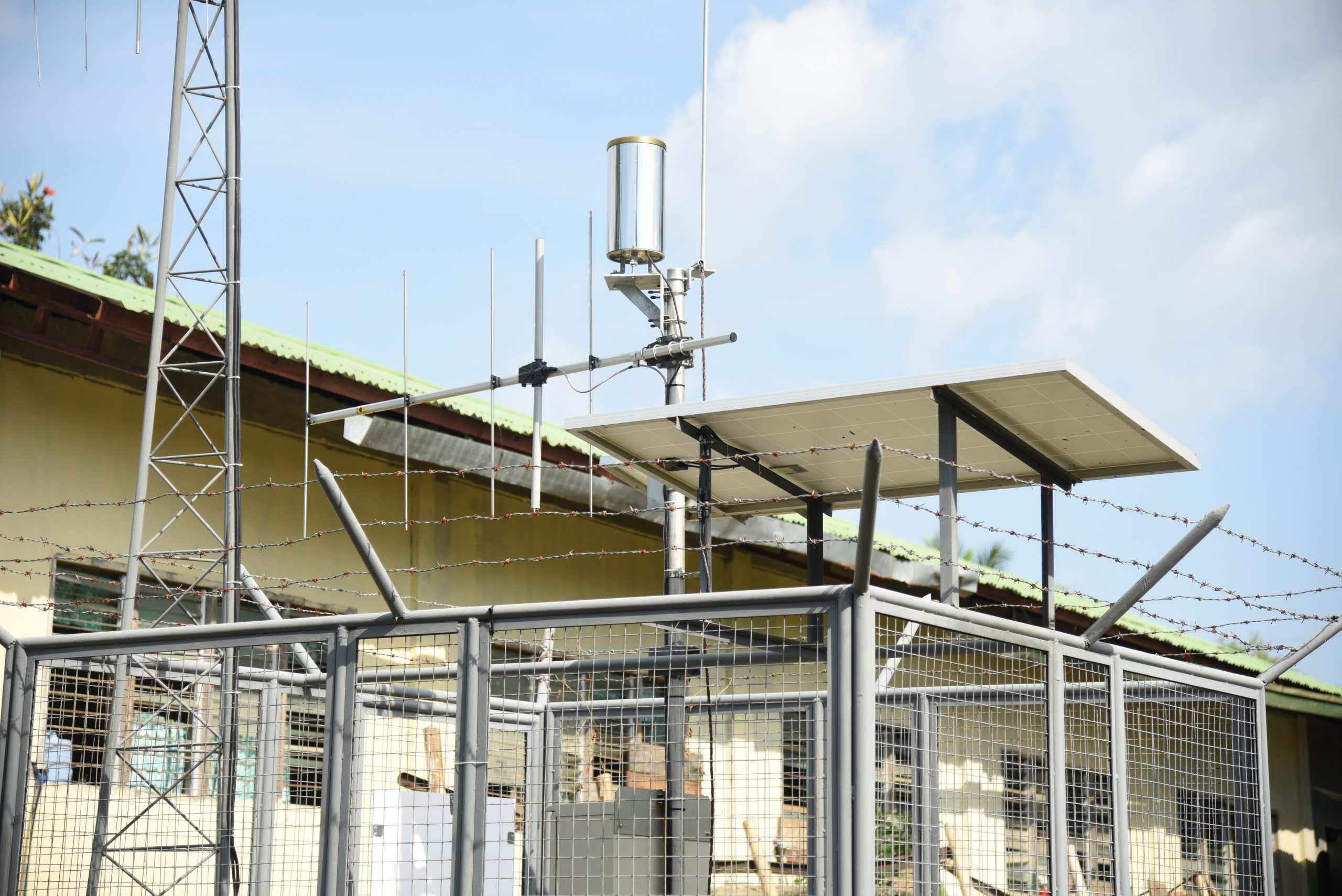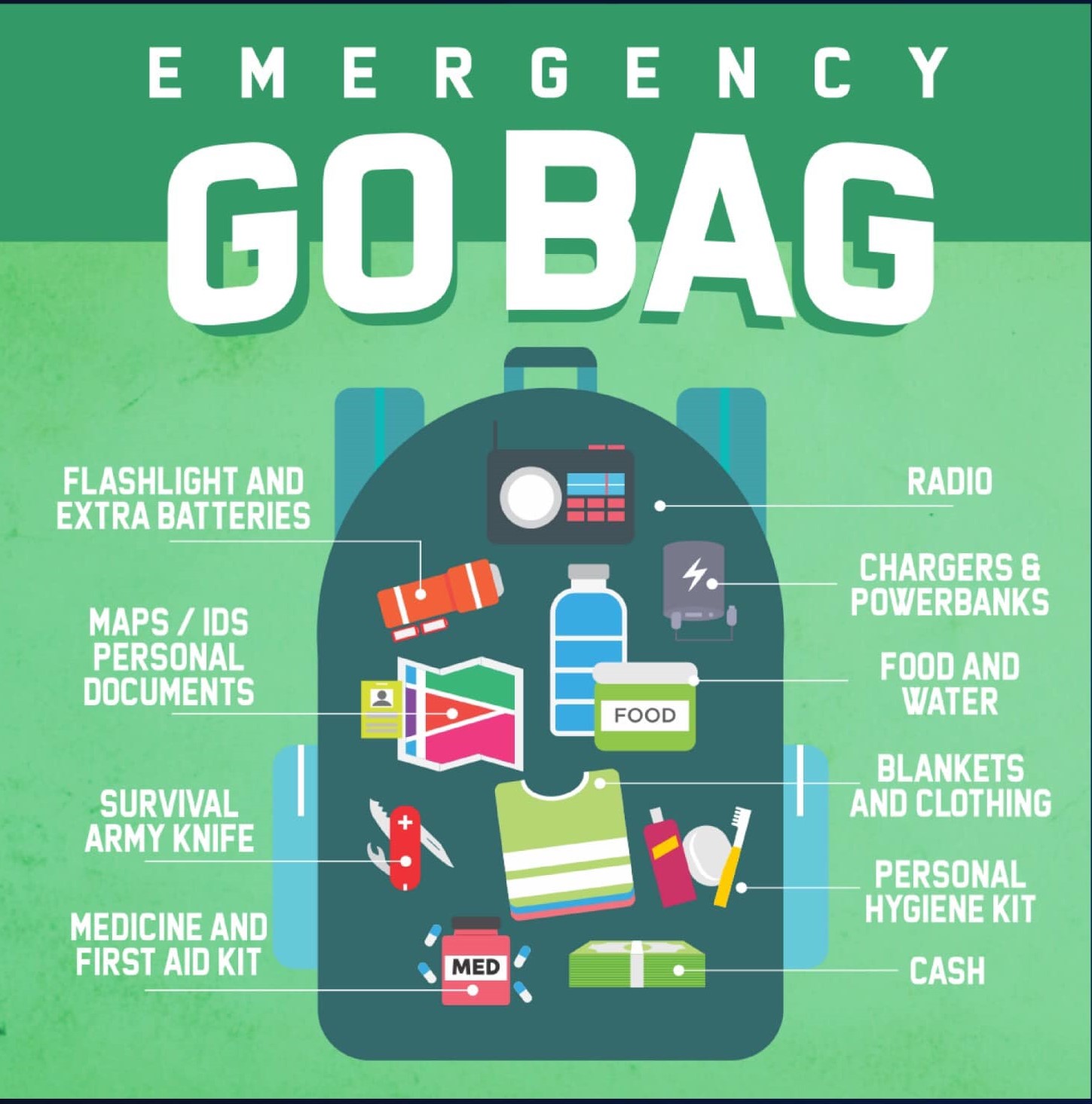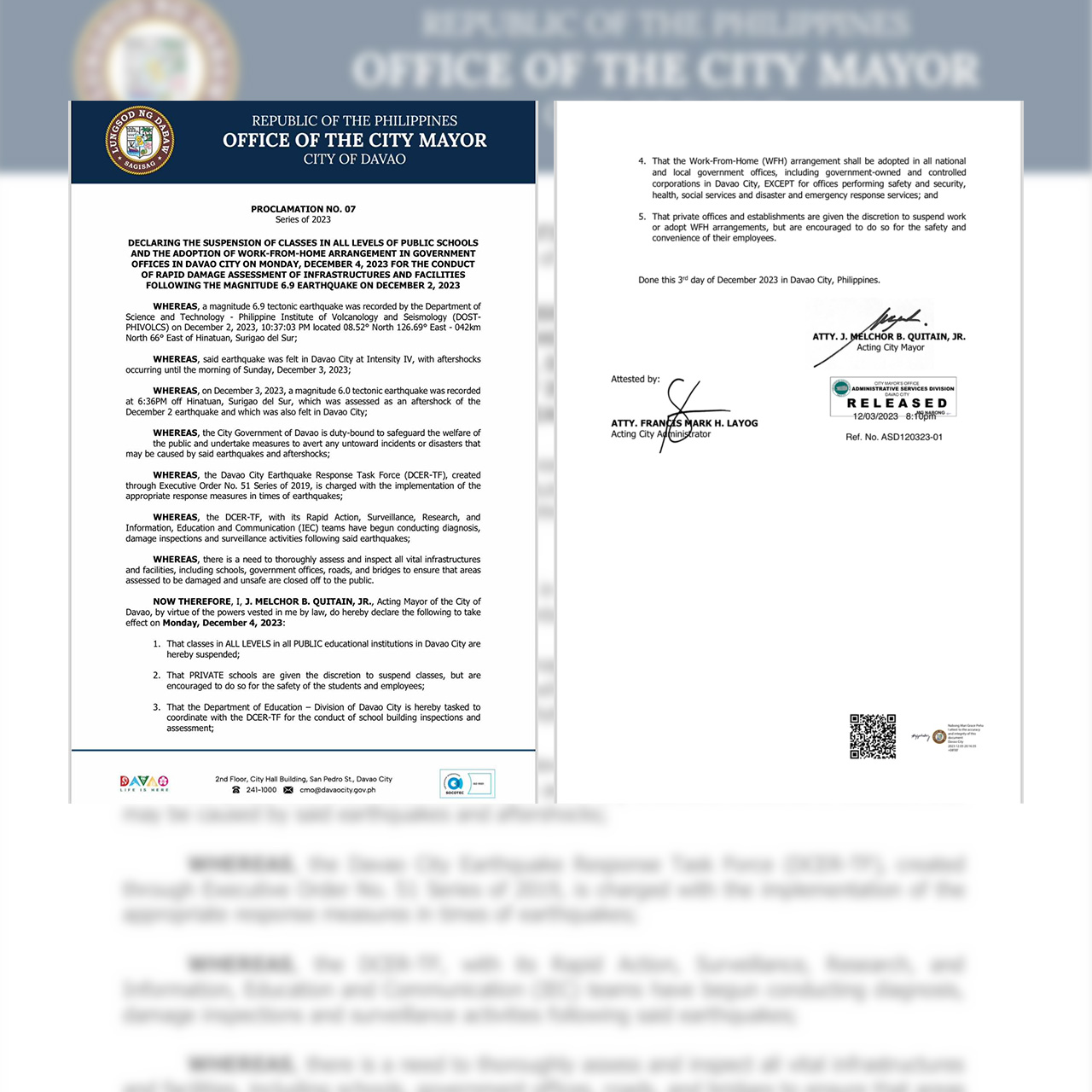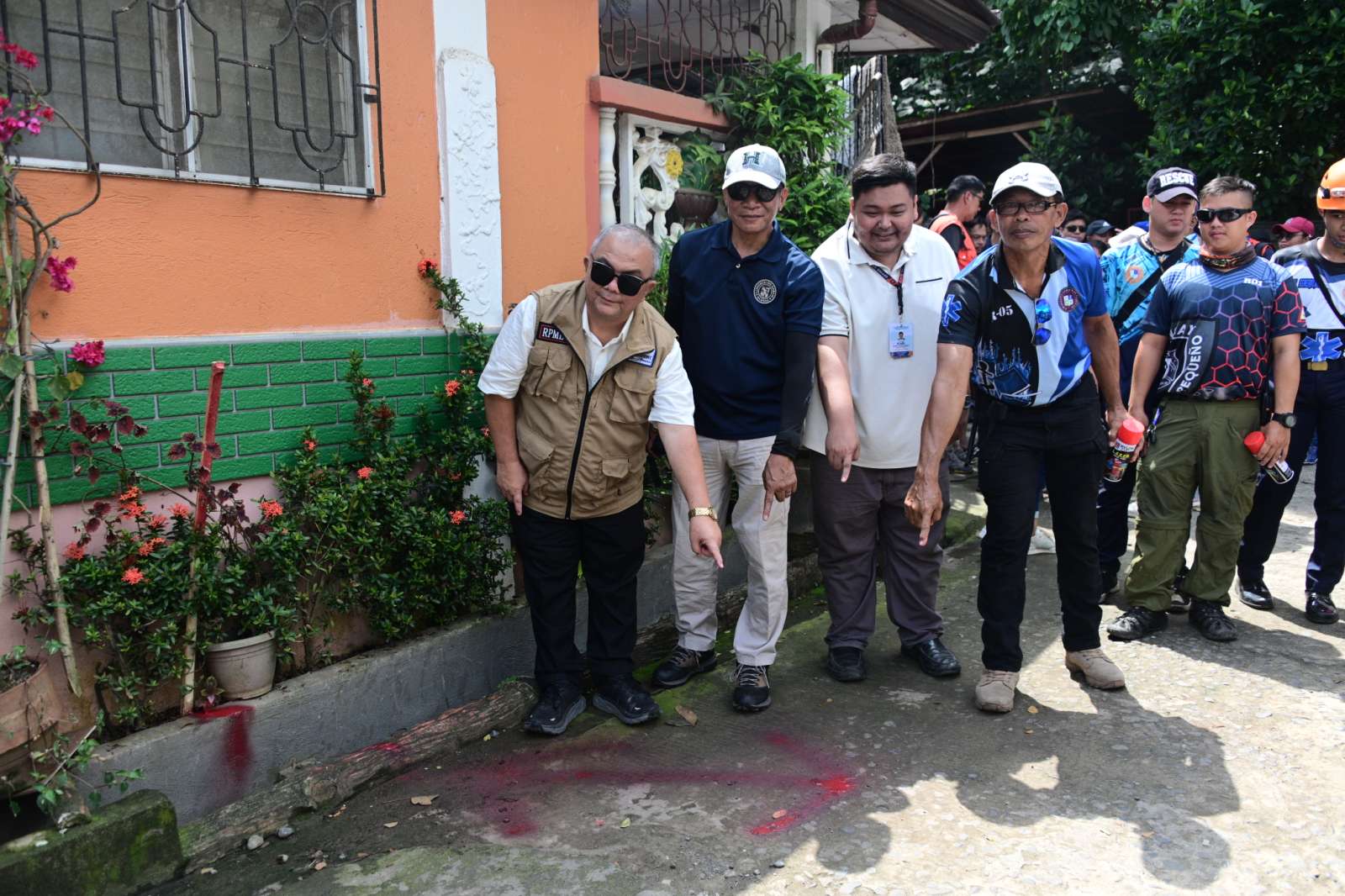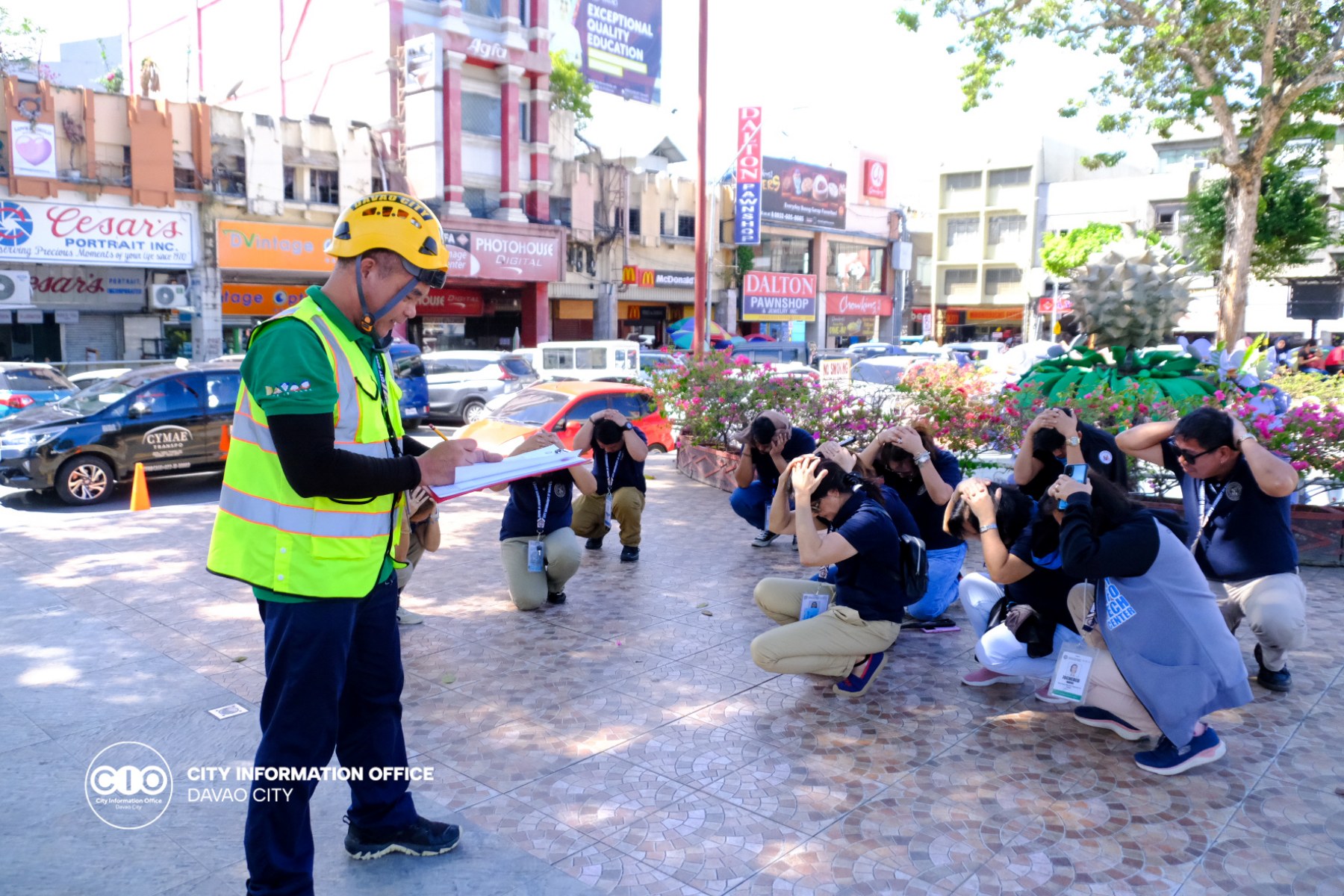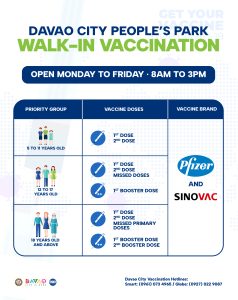The Davao City Risk Reduction Management Office (CDRRMO) conducted a citywide siren testing with a public address system on Tuesday, March 22, 2022, to alert and give awareness to the general public, especially those in areas prone to different disaster-related hazards.
CDRRMO Head Alfredo Baloran, in an interview at the Jade Valley covered court, said the siren testing is also vital to ensure that early warning systems are ready and functioning well.
“Important ang weekly testing in order to assure that our early warning systems operational sila, kampante ta nga ang atoang mga equipment operational kay weekly atong testing. Kay kung dili pud nato sila i-calibrate baka in times of disaster, gamiton na nato, baka diha ang malfunction so it’s useless (The weekly testing is important to ensure that our early warning systems are operational, we can be confident that our equipment is operational because we hold weekly testing. If we don’t calibrate the sirens and when a disaster strikes and we need to use it because when it malfunctions, it would be useless),” he said.
Baloran said that at Jade Valley in Barangay Tigatto where he spearheaded the siren testing and found out that an audio adjustment is needed on the siren.
“Duna pa’y gamay adjustment sa audio gusto nako nga ang mensahe ipaabot sa katawhan nato very clear sa ilang paminaw (A slight adjustment is needed on the audio because I want that the message we will convey to our people is very clear),” he said, adding that technical staff were at CDRRMO and working on the recommendations from the ground, particularly on necessary adjustments.
Siren testings were also conducted in barangays Lasang (Fish Port), Bunawan, Matina Pangi, Talomo Proper, and Marapangi. All these siren testing areas, according to him, have observers who also get to give recommendations to the testing teams deployed in designated barangays.
Baloran said that the new six sirens with public address systems were installed in disaster-prone areas to warn, alert, and inform residents on impending hazards that may affect them.
He added, “Kay kung i-house to house man gud nato ang pag-inform sa mga to be affected families, mahurot atong oras. Maabtan ta sa calamity. With this new technology, a public address with siren sa CDRRMO, we can directly inform residents sa maong lugar and remotely trigger the siren sa opisina just to inform the public dunay impending hazards diha sa ilahang mga lugar (Doing house to house in informing would-be affected families would be time-consuming. We will be caught in the calamity. With this new technology, a siren with a public address of the CDRRMO, we can directly inform residents of these disaster-prone areas and remotely trigger the siren in our office just to inform the public of impending hazards in their areas).”
For those who are headstrong and hesitant to follow pre-emptive evacuations, he said they can directly inform those individuals of the danger that awaits them. Baloran said they are the ones being prioritized during rescue operations as they have already been identified and responders can easily locate them.
The new US-made siren with public address system, designed as a warning device for all types of hazards, has a radius range of three to four kilometers with solar panels as standby batteries during an emergency power outage. The sirens are currently powered by the Davao Light and Power Company.
The city already has 11 sirens but without public address systems before the new modern units were purchased. CIO

